Modern Star Wars can often rely too much on answering questions we may or may not need answers to. Sometimes that can be amazing. Other times, it is not, and the latest Disney+ animated series, Star Wars: Tales of the Jedi, is the perfect example of both.
The six-episode mini-series was created by Lucasfilm’s Dave Filoni, famous for spearheading Star Wars: The Clone Wars, Star Wars Rebels and, more recently, The Mandalorian as well as the upcoming Ahsoka. Filoni wrote the bulk of the episodes which explore various backstories for both Count Dooku, voiced by Corey Burton, and Ahsoka Tano, voiced by Ashley Eckstein.
How did Dooku go from Jedi Master to Sith Lord? Where is Ahsoka Tano from exactly? Questions like these, while maybe not needing to be answered, are on the show, and here are the things we did, and did not, like about it.
Note: This article will discuss full spoilers on the series…

We Liked…the Look of the Show
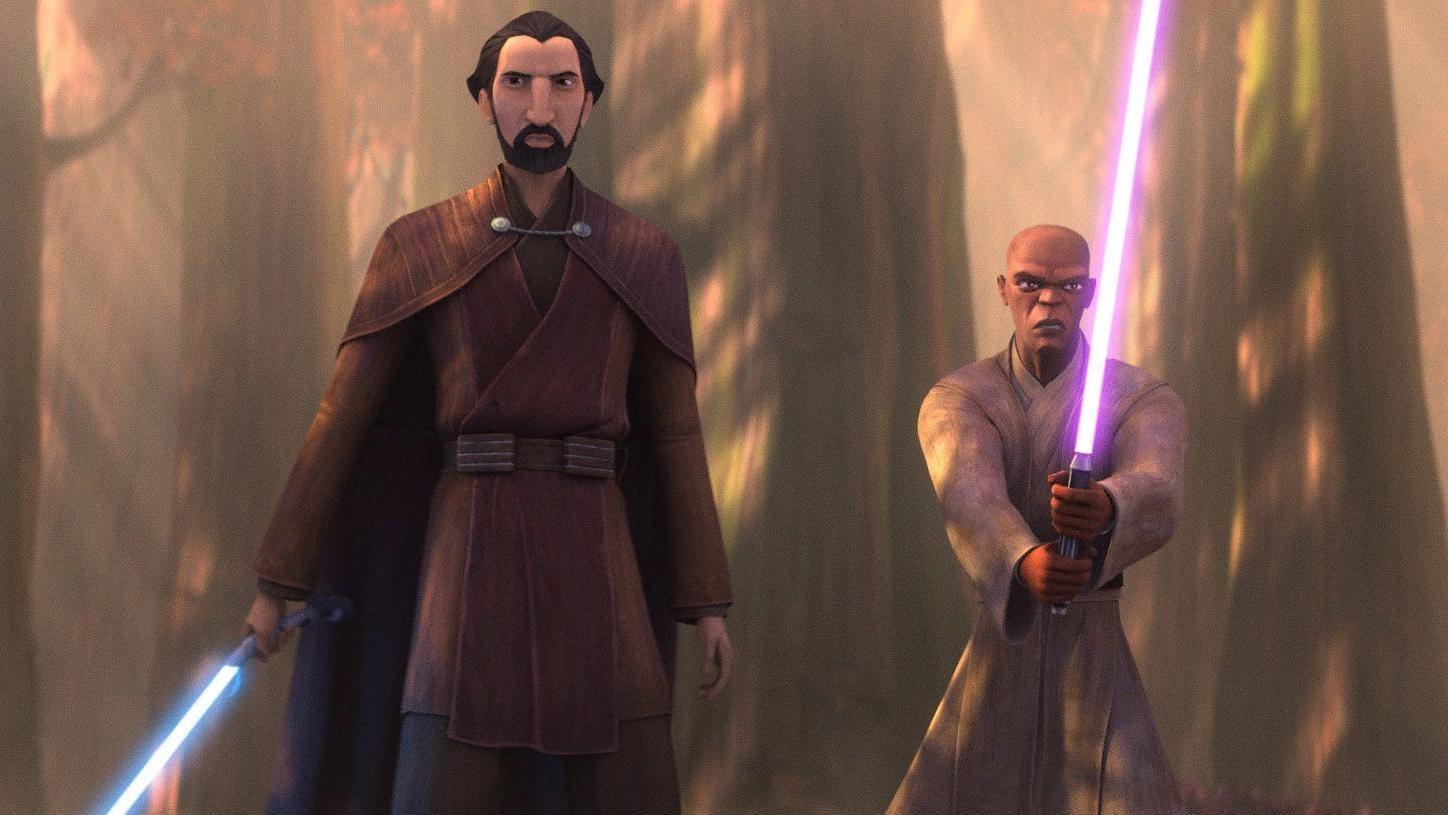
Say what you want about Tales of the Jedi (and we’re about to, trust us) but with every single Star Wars animated series that gets released, they just look better and better. The worlds get that much richer, visual effects that much more realistic, and you increasingly wish you got to see these stories on the big screen. Tales is no different. Each and every episode looks like a mini-Star wars movie.
We Liked…Young Qui-Gon

Every time Qui-Gon Jinn comes back to Star Wars, fans go nuts. Whether that’s a Force Ghost on The Clone Wars or in live-action in Obi-Wan Kenobi. Here though, we do get an older, wiser, Phantom Menace Qui-Gon again, but we also get a younger version. One that’s an apprentice to Jedi Master Dooku. There’s not nearly enough of him in the episode but you see the strength and spirit that have made the Jedi such a popular character. More young Qui-Gon, please.
We Liked…Prequel Crossovers

When Star Wars movies or shows fill in gaps from other ones, it’s not always done well. But we’d argue, on Tales of the Jedi, it is. First up, you get to see a post-Phantom Menace meeting with Dooku and Qui-Gon discussing the character we know to be Darth Maul. A conversation the soon-to-be Sith Lord would certainly be interested in. Then, we also get to see the moment Dooku deleted the files on Kamino, a huge plot point in Attack of the Clones. Both of these moments are certainly implied by previous works but seeing them adds richer context to them.
We Liked… That Bryce Dallas Howard Is Yaddle
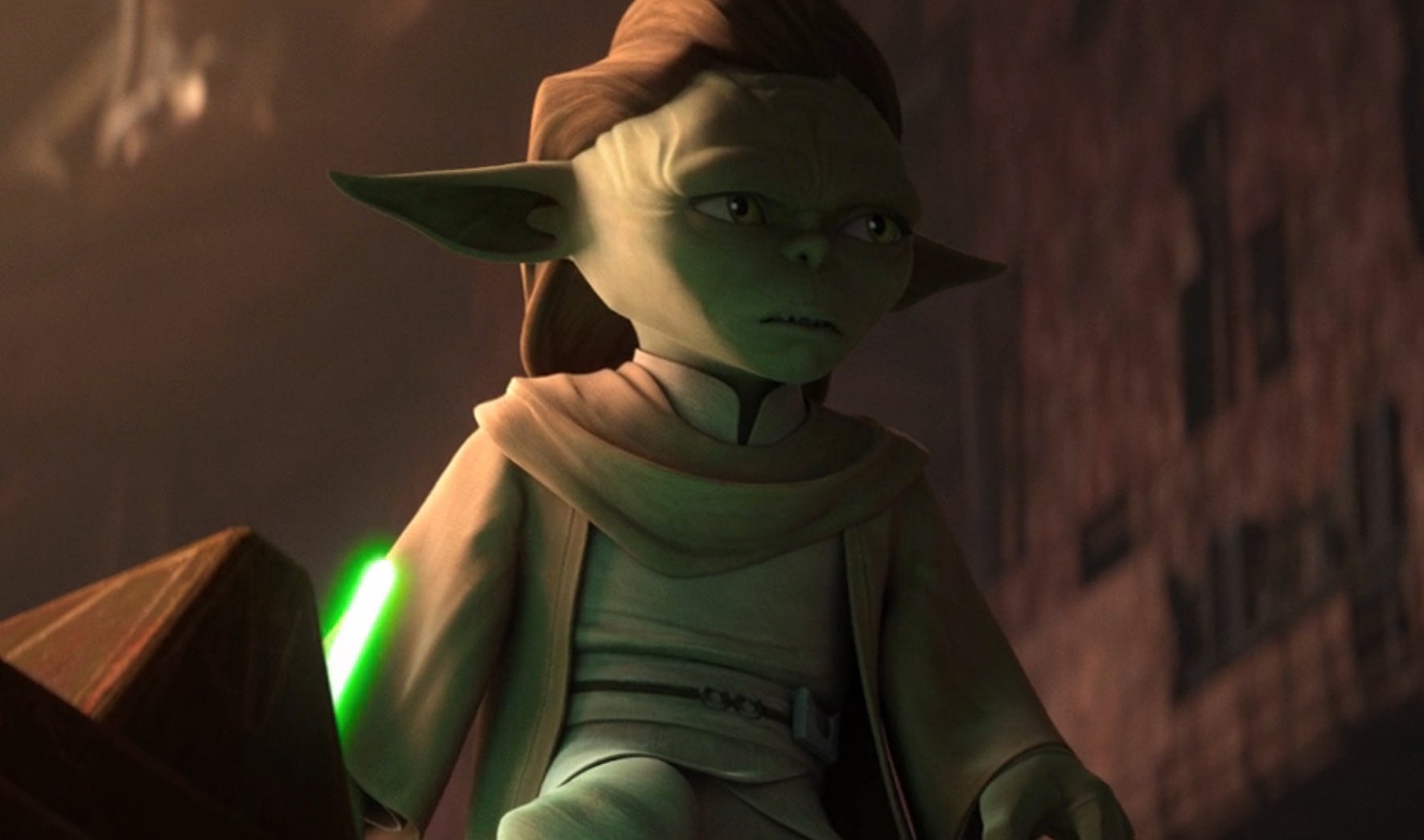
Long before there was Grogu, there was Yaddle. Yaddle, the only other being who was the same, mysterious species as the all-powerful master Yoda. Yaddle, who was also on the Jedi Council with Yoda. On Tales, we not only got to see Yaddle in action, we learned that she speaks (voiced by frequent Grogu director Bryce Dallas Howard no less) in plain English. None of that riddle crap like Yoda. It gives us hope for the future of Grogu, and makes it that much sadder when she gets killed.
We Liked…A Clone Wars Reunion
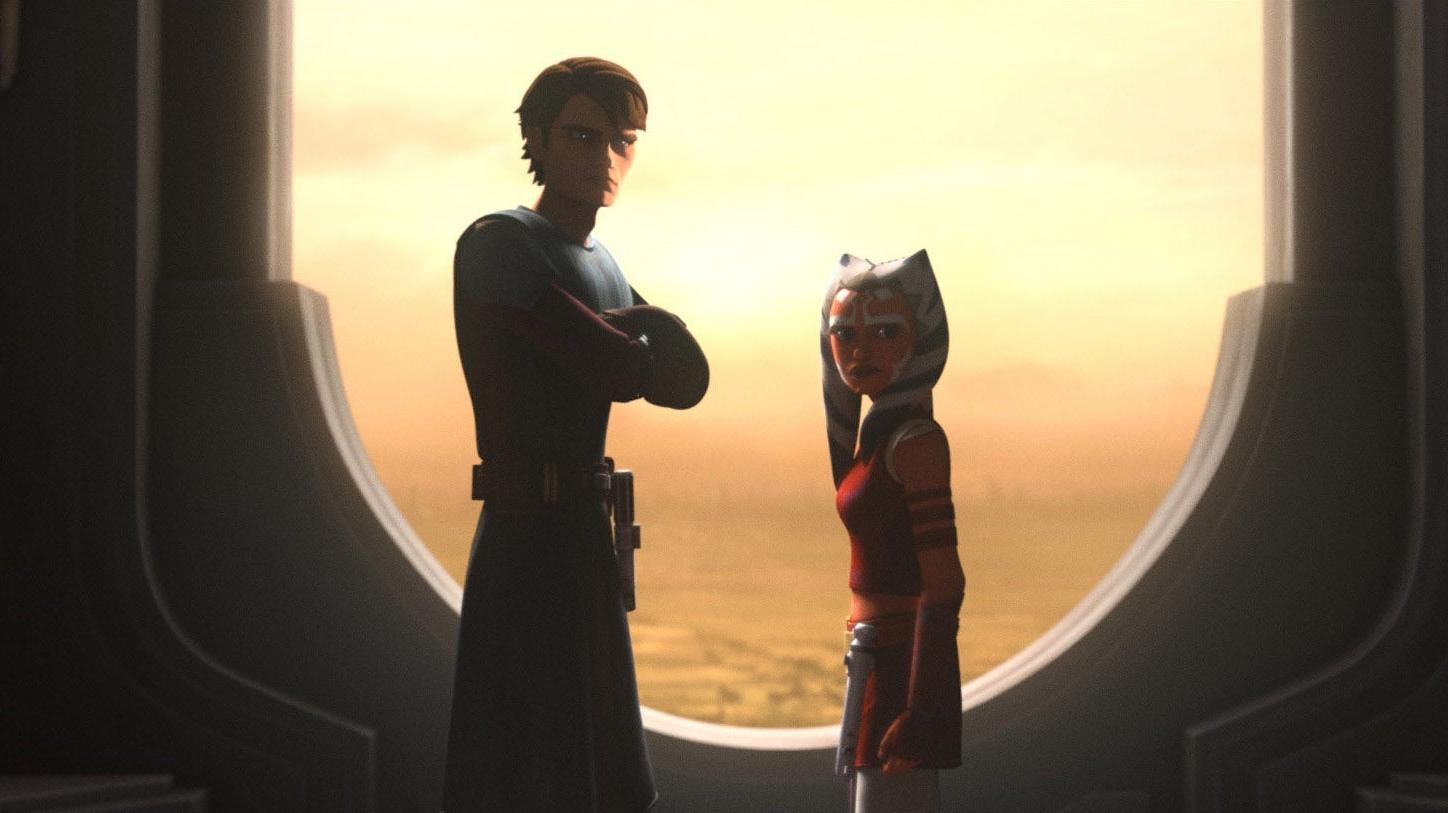
Though we’ve continued to see Anakin Skywalker, Obi-Wan Kenobi, Ahsoka Tano, and Captain Rex across all sorts of stories, there was just something very comforting to see them all back together again on Tales of the Jedi. All voiced by the original actors too. It reminded us how that great chemistry between Ashley Eckstein, Matt Lanter, James Taylor Arnold, and Dee Bradley Baker really helped elevate that show.
We Liked…Time Jumps
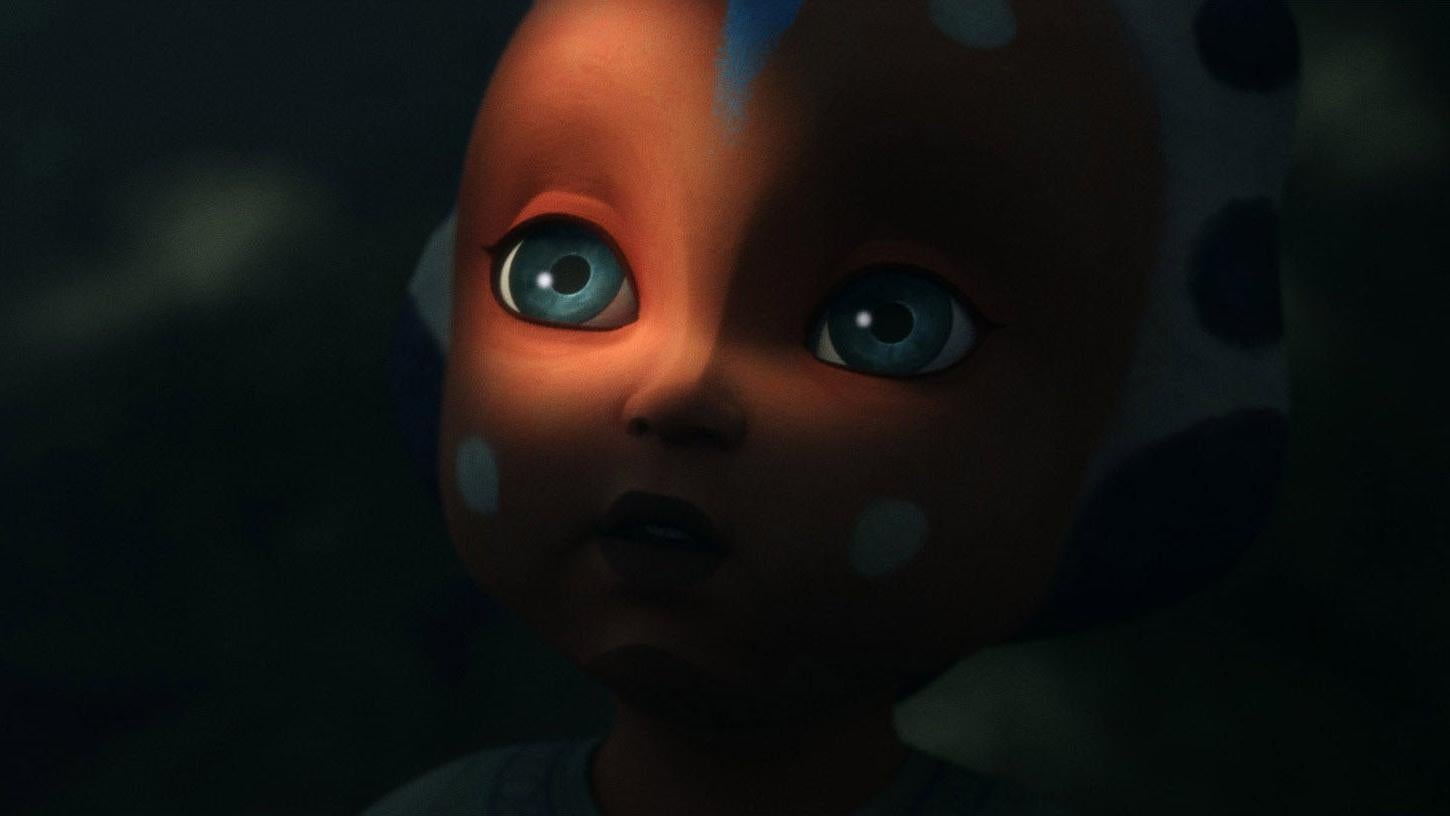
For a second we wondered “Why is the first episode about Ahsoka, then three on Dooku, followed by two Ashoka?” Well, it’s because it’s in time order, but it’s that’s the only time that Tales of the Jedi is concerned with. We love that, because it’s “Tales,” there is no need for connective tissue. In one episode Ahsoka is a baby. The next, she’s a Jedi. Dooku is a Jedi with a young apprentice, and next episode that apprentice is dead. The way the story just threads needles into Star Wars canon gives it an exciting, crucial, unpredictability.
We Didn’t Like… That These Stories Didn’t Get Enough Time
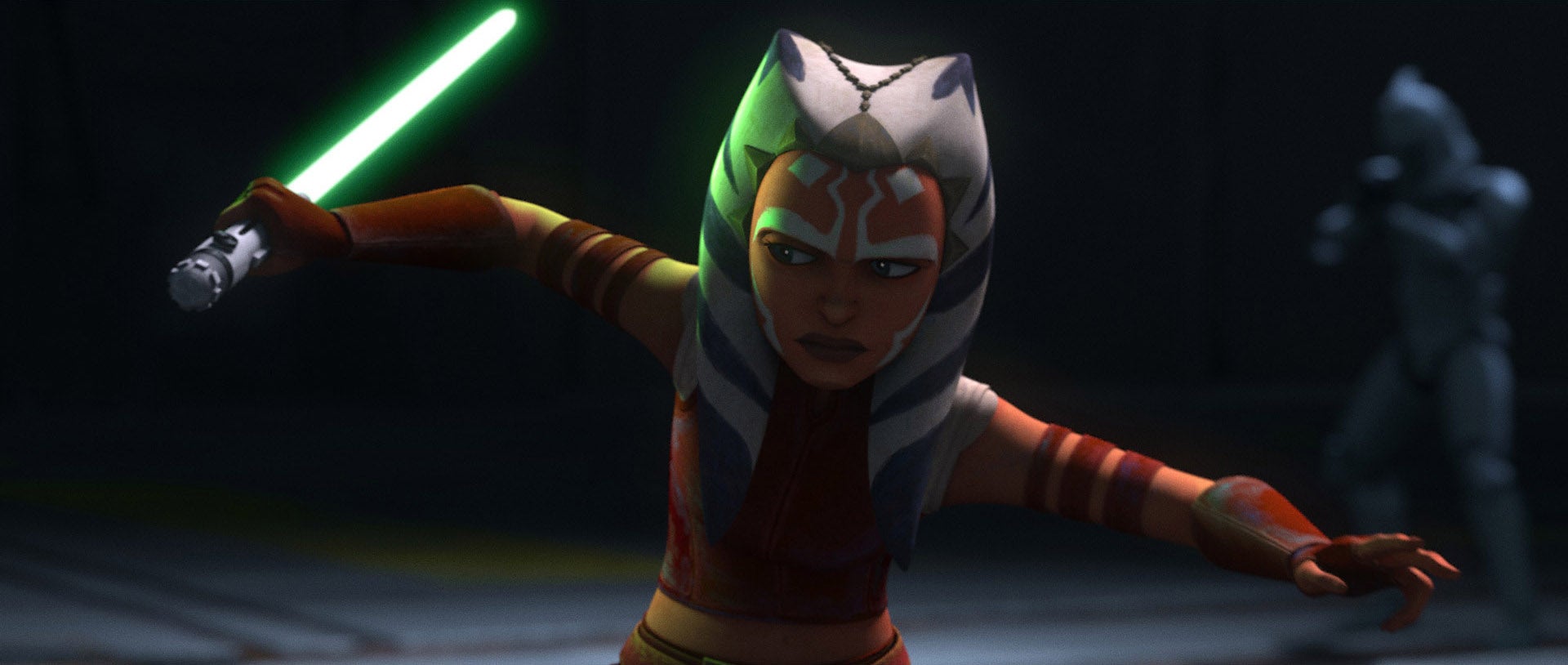
Tales of the Jedi has a few interesting, meaty ideas — especially in the Dooku side of the anthology that get brushed upon, like the corruption of the Senate and the failing light of the Jedi Order itself. But because each of these shorts are just 10 to 15 minutes long, and each story is given just 3 shorts each to play out (which matters more to Dooku’s, as Ahsoka’s arc is much more broad), every time one of the Tales shorts brushes on these topics, it’s just that: brushing. They feel empty when there’s no time to really sit with any of these ideas like they might have been were these full animated episodes, or even if Tales didn’t try to split itself between deuteragonists. It’s a shame, because the potential is there, there just isn’t much meat to the bones.
We Didn’t Like… That Dooku’s Fall Is Made About Sidious, Not the Republic (or the Jedi)
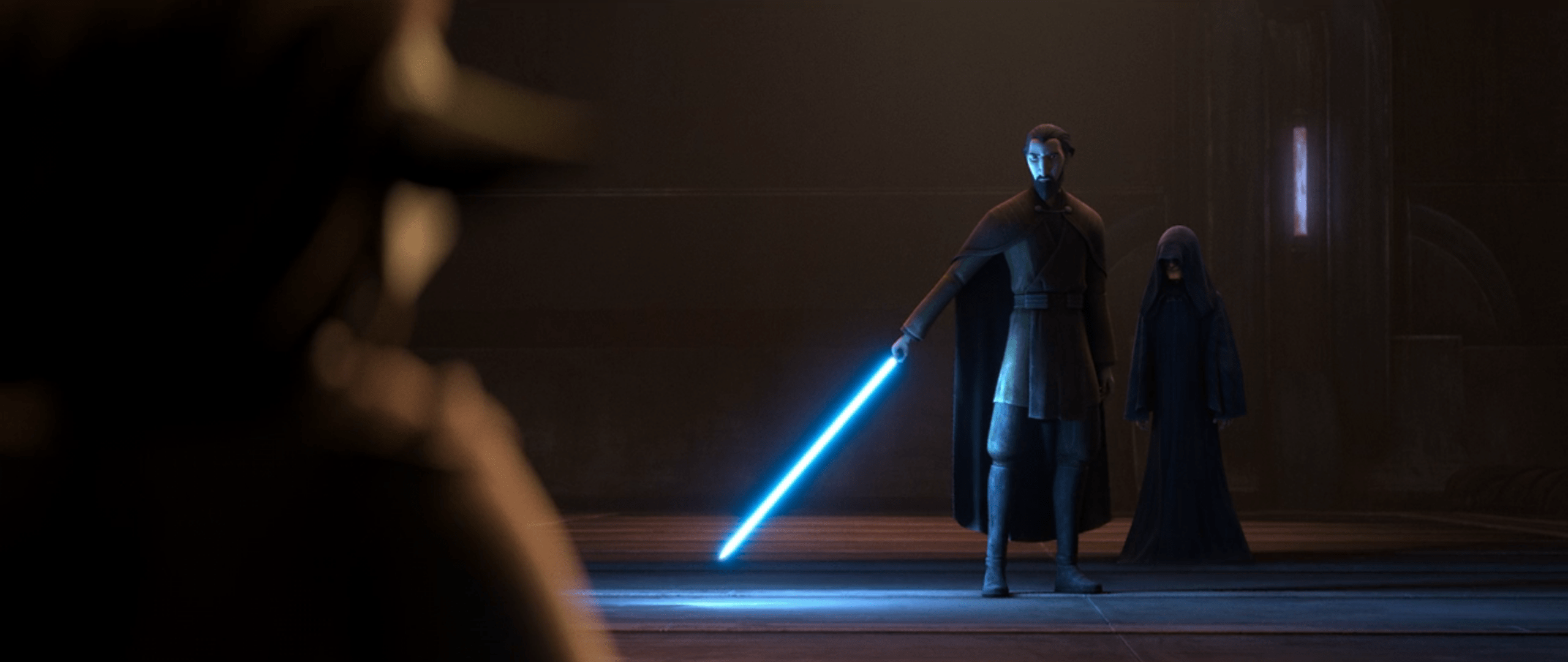
The first two Dooku shorts, “Justice” and “Choices,” steadily set up the undercurrent of Dooku’s distaste for the steadily corrupting effects of the Galactic Senate, and the active harm this is causing the Republic it is meant to serve — and just as equally, how that corruptive effect is rotting the Jedi Order as it aligns itself closer and closer to the political whims of the Senate. But the last one, aptly titled “The Sith Lord” fast forwards to the closing minutes of The Phantom Menace to reveal to the audience and Yaddle alike that Dooku has been working as an agent of Sidious for an undisclosed period of time, actively sabotaging the Jedi’s archives, ordering the Clone army on Kamino, and ultimately murdering Master Sifo-Diyas to cover up his duplicity.
It’s fine, but it makes Dooku’s exit from the order feel more like it’s because he’s been secretly influenced by Sidious to fall to the Dark Side, instead of his genuine distaste at the bare corruption in the Senate — a corruption the Jedi Order is unwilling to stop as it buries its head in the sand over its own high-on-its-own-supply attitude. Fighting Yaddle, Dooku cares less that he’s known as an enemy of the Senate and more that he could be exposed as a Sith, and it just makes him feel like much more of a generic bad guy than someone who could clearly see the recalcitrance of the systems around him. Which is a shame, because…
We Didn’t Like… That This Overshadows Two Excellent Prior Stories
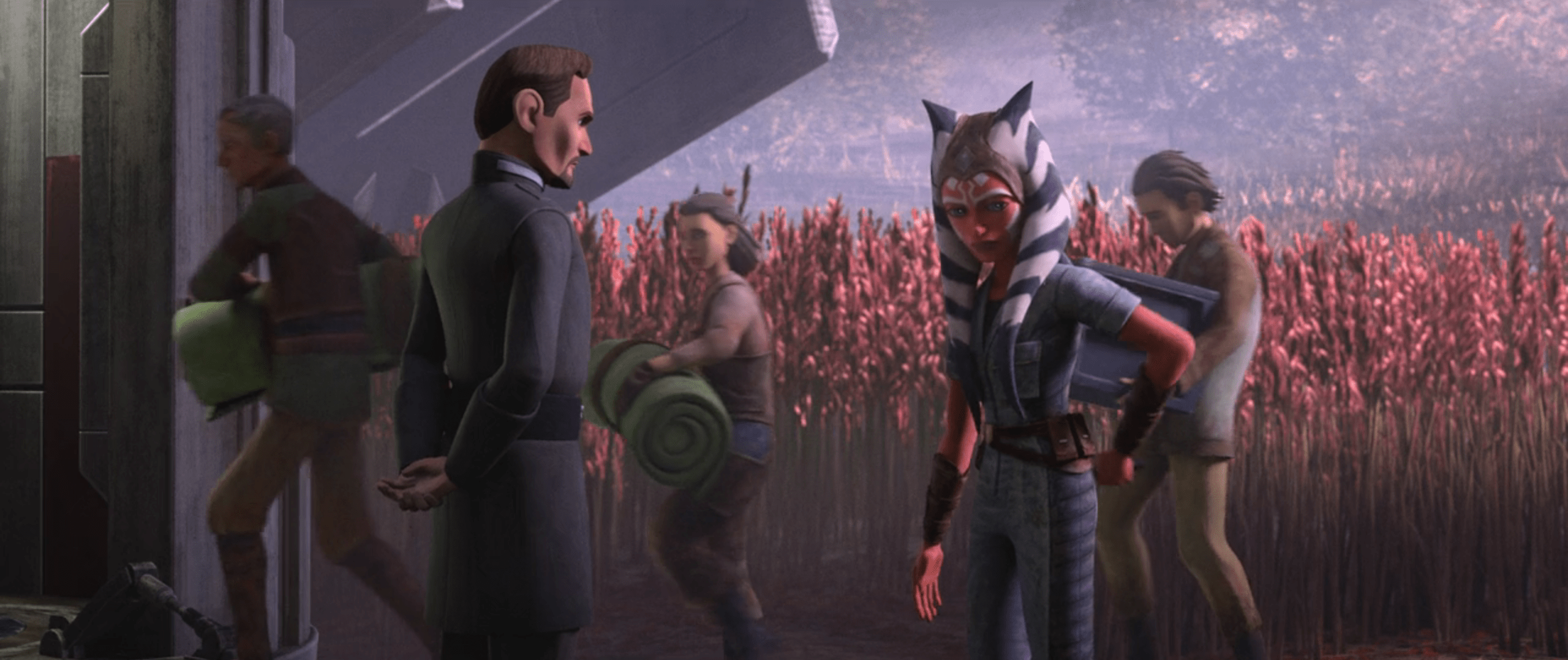
Dooku’s story in Tales of the Jedi, and “Resolve,” the final chapter of Ahsoka’s narrative, are loosely inspired by the events of two Disney canon stories that previously told both the story of Dooku’s exit from the Jedi Order and Ahsoka’s life after the events of The Clone Wars, before she joined the nascent Rebellion: Dooku: Jedi Lost, an audio drama by The High Republic’s Cavan Scott, and the aptly titled Ahsoka, by E.K. Johnston.
Dooku’s Tales arc is very different to the arc we see in Jedi Lost — which is set well before Phantom Menace, and focuses much more keenly on Dooku’s growing concern about the Republic’s corruption in turn, and Jedi Lost, simply by being a longer story, gets the time to bring nuance to Dooku’s character that Tales simply can’t. Meanwhile, “Resolve” is a much closer adaptation of the Ahsoka novel, broadly taking its events in a way that feels largely unnecessary to have done so, and even moreso struggling to encapsulate an entire novel into a single short. It’s possible to grok these two Tales shorts as somehow happening concurrently with the versions of the stories, canonically speaking — Scott himself took to Twitter to share his own headcanon for how both Jedi Lost and “The Sith Lord” can co-exist — but in this supposed era of a singularly unified Star Wars canon across Books, TV, Films, Comics, and more, this largely feels like the stuff that “matters” overriding the ancillary material.
We Especially Didn’t Like… That a Queer Character Was Seemingly Erased In the Process
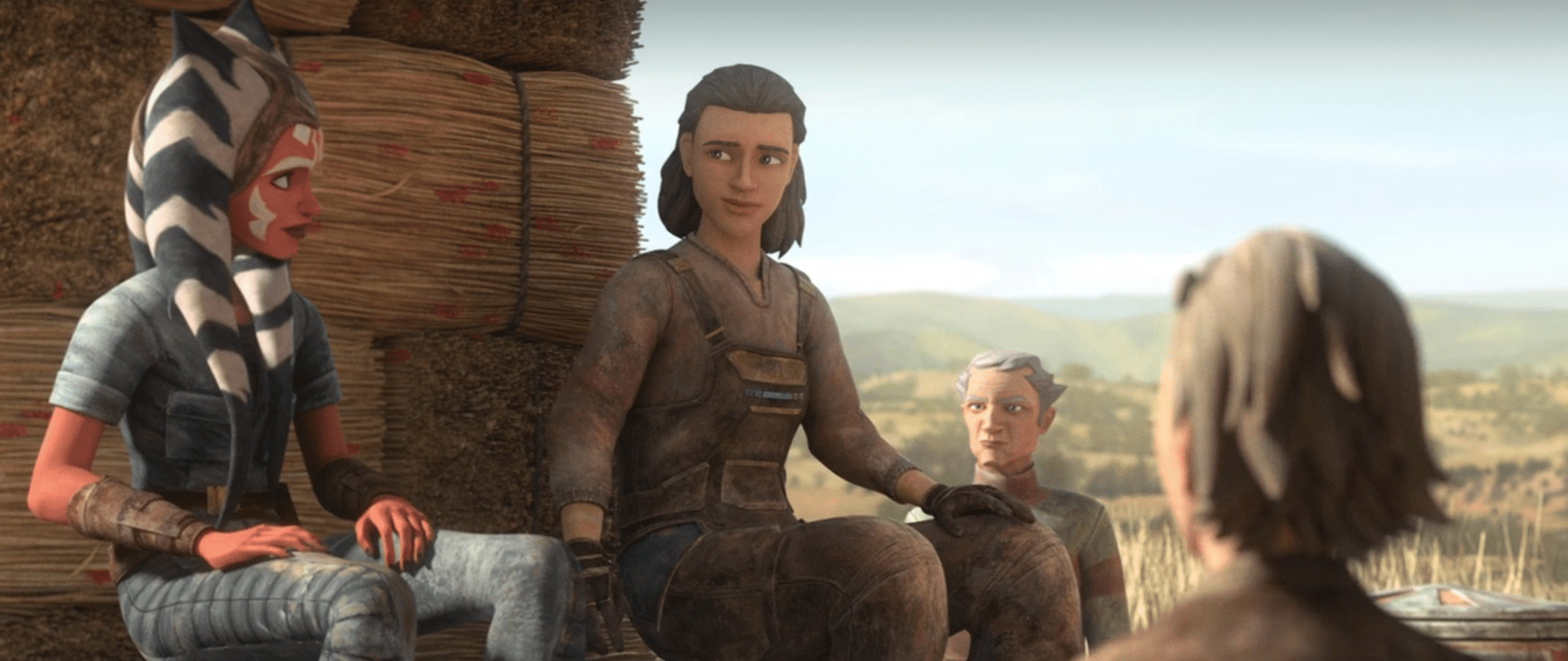
In the case of Ahsoka and “Resolve,” this overriding means that the Tales version of the story doesn’t give time to one of the first queer characters in the Disney canon: Kaedan Larte, who expresses an explicit romantic attraction to Ahsoka as they get to know each other in book. Her role in “Resolve” is taken by a character only named as “Village Sister,” and while this could be Kaedan, any romantic connection to Ahsoka is rendered at best subtextual, and at worst erased altogether. “Resolve” is just 13 minutes long, and couldn’t condense an entire 350-page novel into its story. But it really sucks that this version of this tale left Kaedan on the wayside, or rather decided that she ultimately wasn’t worth mentioning when it came to Ahsoka’s narrative.
